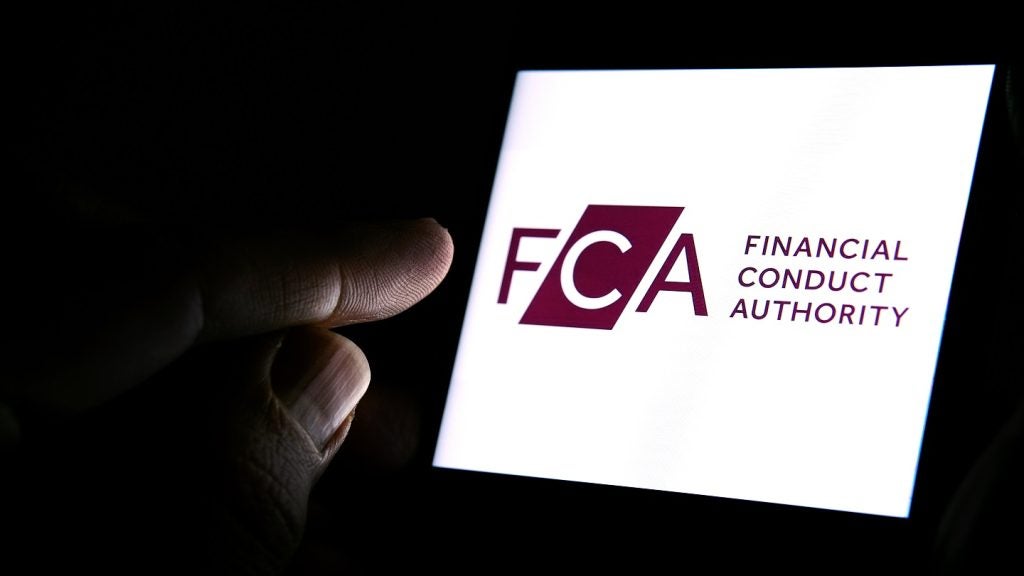When tycoon Graham Gillespie
pulled up to Gleneagles Hotel in a £230,000 Bentley it grabbed the
attention of guests, creditors and the press, not least because
Gillespie had just been declared bankrupt. How does a high-profile
individual under the spectre of insolvency secure funds for a
luxury vehicle? Julia Williams looks at how to
spot the jeopardy among the Jaguars.
Most lenders will have stringent
underwriting procedures in place which will highlight a prospective
customer’s insolvency history. What about the position, however, of
the individual who may be applying for finance while, behind the
scenes is subject to a pending bankruptcy petition which is yet to
be determined?
Are you, as lenders, able to glean
this information at the earliest stage to prevent a situation
whereby you simultaneously enter into a finance agreement with an
individual who has just been declared bankrupt?
The question is perhaps best answered
by looking closely at your underwriting procedures. As a part of
their standard underwriting procedures most lenders are unable to
see evidence of impending bankruptcies, that is, at the stage at
which a formal bankruptcy petition will have been lodged with the
court.
If a borrower satisfies your specific
underwriting scorecard in relation to their credit history,
demonstrating sufficient disposable monthly income to satisfy the
credit requested, there is no reason why finance would not be
approved.
Your view as to whether you should
lend, however, may be somewhat tainted if, at this time, you were
aware the reality of the situation is that the borrower is in
financial distress and likely to be unable to meet their
contractual obligations.
How well do you really know your competitors?
Access the most comprehensive Company Profiles on the market, powered by GlobalData. Save hours of research. Gain competitive edge.

Thank you!
Your download email will arrive shortly
Not ready to buy yet? Download a free sample
We are confident about the unique quality of our Company Profiles. However, we want you to make the most beneficial decision for your business, so we offer a free sample that you can download by submitting the below form
By GlobalDataOne simple way in which a lender can
try to safeguard their position is to carry out a formal bankruptcy
search during the course of their underwriting process to gain
evidence of impending bankruptcies.
The cost is as little as £2 per
individual.
A direct online search can be made
through the Land Registry Direct portal with results being returned
immediately in most instances. The search will reveal both the
presence of impending petitions and orders at that specific point
in time.
If your credit check reveals that your
borrower uses more than one alias then the advice is to search
against each name to ensure you are obtaining the most accurate
information possible.
Additionally, lenders should be aware
that Directgov maintain an online individual insolvency register
which can be accessed without charge providing information on all
debt relief orders, IVAs and bankruptcies registered within all
courts and insolvency offices within the UK.
The list generally only provides data
relevant to the latest 12-month period but can prove a crucial
source of information nevertheless.
Taking prudent action may therefore
enable lenders to protect the risk they are taking to lend as far
as is practically possible.
The ownership of personal property
such as a dwelling house may satisfy, in part, underwriting
criteria on security but not if the borrowers legal and / or
beneficial interest in that property is going to pass to the
Official Receiver as a result of a bankruptcy order. So how does
all of this apply to the bankrupt who seeks finance post their
bankruptcy?
Again, the majority of lenders will
operate strict procedures not to lend to an undischarged bankrupt.
In fact, the legal position is clear. When the court declares an
individual bankrupt, the said bankrupt must follow rules known as
‘bankruptcy restrictions’.
These restrictions last the length of
a bankruptcy; generally, around 12 months but which can be extended
for to up to 15 years after bankruptcy if careless, criminal or
dishonest behaviour was deemed to be the cause of the
bankruptcy.
Amongst other things, the restrictions
impose a requirement not to borrow in excess of £500 without
informing the lender of the bankruptcy.
Failure to adhere to these
restrictions amounts to a criminal offence.
Evidence of such restrictions would be
found on a court order or on the advices of the Official Receivers
office so, generally, lenders are only likely to learn of this
information after the event.
Lenders should, therefore, consider
that the onus is upon them to report any breach of restrictions by
bringing this to the attention of the Official Receivers office or
the appointed Trustee in Bankruptcy.
The reality, of course, is many
bankruptcies at the present time are discharged prior to 12 months,
the average being around five months before an automatic early
discharge is filed.
On an automatic discharge such as
this, the bankrupt can file evidence with the credit reference
agencies to update their credit file with the date of
discharge.
After discharge, bankruptcy
restrictions will no longer apply other than by specific order of
the court.
While evidence of the bankruptcy
remains on an individual’s credit file for six years from the date
of the bankruptcy order, the obligation remains on creditors who
fell within the bankruptcy to update the relevant entries on the
individual’s credit file to show that the money is no longer owed
on that particular account by marking the account as partially
settled / satisfied.
Perhaps the point is; are your
procedures watertight?
Do they disregard partially settled /
satisfied accounts?
Do they contain sufficient criteria
for the discharged bankrupt to satisfy before permitting further
lending?
Do they take into account pending
bankruptcy actions?
If not, it would be sensible to
revisit your underwriting criteria to ensure that your exposure and
risk is limited as far as is practicably possible.
Julia Williams is a partner and
head of debt and asset recovery at Chafes Solicitors







